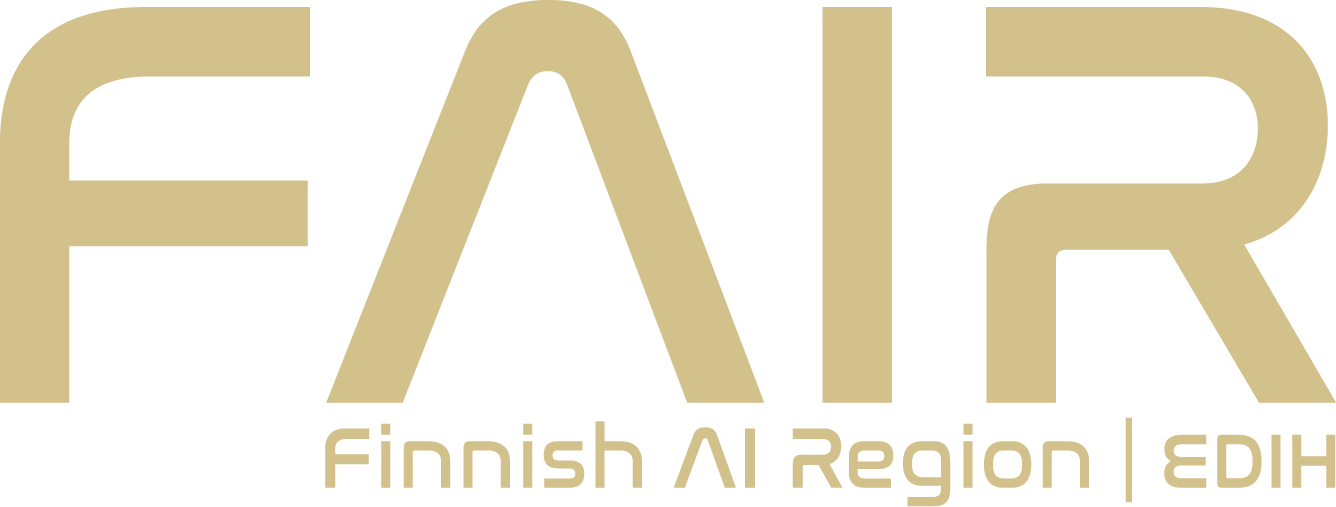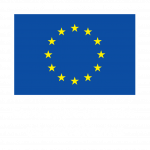

EU AI Act makes AI literacy a mandatory competency
Only 26 per cent of Finns feel they possess sufficient skills to utilise AI – at the same time as the EU AI Act makes AI literacy mandatory. The question is no longer whether personnel should be trained, but how to do it effectively before supervision intensifies in August 2026.
Text: Jari Haggren 20.11.2025 | Photo: Adobe Stock Photos | Translated with AI

AI literacy must become a central theme as organisations strive to harness artificial intelligence responsibly and effectively. The EU AI Act (European Parliament 2023; 2025) introduces clear regulatory obligations, but the real challenge lies in developing competency.
The Finnish AI Region (FAIR) project has demonstrated that most organisations are still in the early stages of AI adoption (Khan 2025). However, companies are keen to develop their employees’ AI skills, as evidenced by the training courses offered by Haaga-Helia. There is also room for improvement in individuals’ technical competence, with significant variations in willingness to experiment with new working methods.
In this article, I examine why AI literacy is a critical success factor and what practical steps organisations should take—not merely to comply with regulation, but to drive business development.
AI adoption is still in its infancy
Most of us have probably used some free AI application, such as ChatGPT or Copilot. From these trials, AI has become a working partner with whom one can brainstorm and structure one’s thoughts. However, an extensive survey conducted by KPMG and the University of Melbourne found that in Finland, only 26 per cent feel they possess sufficient knowledge and skills to utilise AI (KPMG 2025). This indicates that AI adoption has yet to become established.
At the same time, major information system providers, such as Microsoft, Salesforce, and SAP, are integrating AI into their systems. AI in information systems may take the form of prompt-based generative AI assistants familiar from Copilot or ChatGPT. Users can build AI agents into information systems that activate in specific situations and, in complex scenarios, utilise another AI agent. (Infotechsys 2025; Microsoft 2025; Salesforce 2025; SAP 2025.) The integration of AI into information systems increases the demands on competency and holistic understanding. On the other hand, integration expands opportunities to leverage AI in business and improves productivity.
The AI Regulation and risk classes
The EU aims to create a unified legal framework that supports the development, deployment, and use of AI in accordance with its values. It promotes human-centric and trustworthy AI, safeguards health, safety, fundamental rights, democracy, and environmental protection, prevents harmful effects, whilst simultaneously fostering innovation. The EU’s AI Regulation classifies application areas into four risk classes (European Parliament 2023; 2025).
Prohibited (unacceptable risk): Systems that cause significant harm (e.g. social scoring, manipulative AI) are completely banned.
High risk: Use in critical functions (e.g. healthcare, recruitment) requires strict requirements, such as documentation and oversight. For example, an HR system where AI is used in recruitment falls into the high-risk category.
Limited risk: Requirement for transparency (e.g. chatbots, deepfake content).
Minimal risk: The majority of AI applications, with no specific obligations.
The AI Regulation introduces AI literacy as a new concept. AI literacy refers to the skills, knowledge, and understanding of providers, deployers, and users regarding AI’s possibilities and risks and the potential harm it may cause. Notably, AI literacy requirements vary according to role (e.g. developer vs. user). However, all actors should possess an understanding, appropriate to their work, of the possibilities, risks, and potential harm. (European Union 2025.)
Practical measures for organisations
Article 4 of the AI Regulation became applicable on 2 February 2025, which means companies are now obliged to implement measures to ensure their staff’s AI literacy. Supervision and enforcement rules will apply from 3 August 2026. (European Union 2024.)
The AI Regulation is risk-based. For an organisation to be able to carry out risk classification, systems in use must be mapped. Mapping should begin by analysing the current state. The current state analysis should identify and document systems in use that have integrated AI. This includes third-party systems as well.
Based on the current state mapping, it is possible to assess the risk classification according to the AI Regulation. High-risk systems require specific measures (e.g. documentation, registration). Following the system mapping, an analysis is conducted of who uses these systems and in what roles.
Based on the current state mapping, a training plan is drawn up to ensure adequate AI literacy for different user groups. As technology and regulation evolve, it is natural that this is not a one-off training exercise but an ongoing process.
AI is no longer merely a technological trend, but a resource that increasingly defines organisations’ competitiveness. The EU AI Regulation brings clear obligations, but the real question is how organisations transform the opportunities presented by regulation and technology into practical benefits. Organisations that invest in AI literacy now will not only meet regulatory requirements—they will build a competitive advantage for the future.
References
European Parliament. 2023; 2025. EU:n tekoälysäädös on ensimmäinen laatuaan. Accessed: 2 November 2025.
European Union. 2024. EUROOPAN PARLAMENTIN JA NEUVOSTON ASETUS (EU) 2024/1689. Accessed: 2 November 2025.
European Union. 2025. Tekoälyn lukutaito – kysymyksiä ja vastauksia. Accessed: 2 November 2025.
Infotechys. 2024. What is the Role of Artificial Intelligence in Modern Information Systems? Accessed: 12 November 2025.
Khan, U. 2025. Analyysi: Tekoälyvalmius FAIRin asiakasyrityksissa vuonna 2025. FAIR-hankkeen blogi. Accessed: 19 November 2025.
KPMG. 2025. Trust, attitudes and use of artificial intelligence: A global study 2025. Accessed: 12 November 2025.
Microsoft. 2025. Transform what’s possible for your business with Microsoft AI. Accessed: 10 November 2025.
SAP. 2023. 8 Ways AI Is Changing SAP. Accessed: 9 November 2025.
Salesforce. 2025. Artificial Intelligence (AI) at Salesforce. Accessed: 9 November 2025.
Jari Haggren
Lecturer
Haaga-Helia University of Applied Sciences
+358 294471395
jari.haggren@haaga-helia.fi


Finnish AI Region
2022-2025.
Media contacts